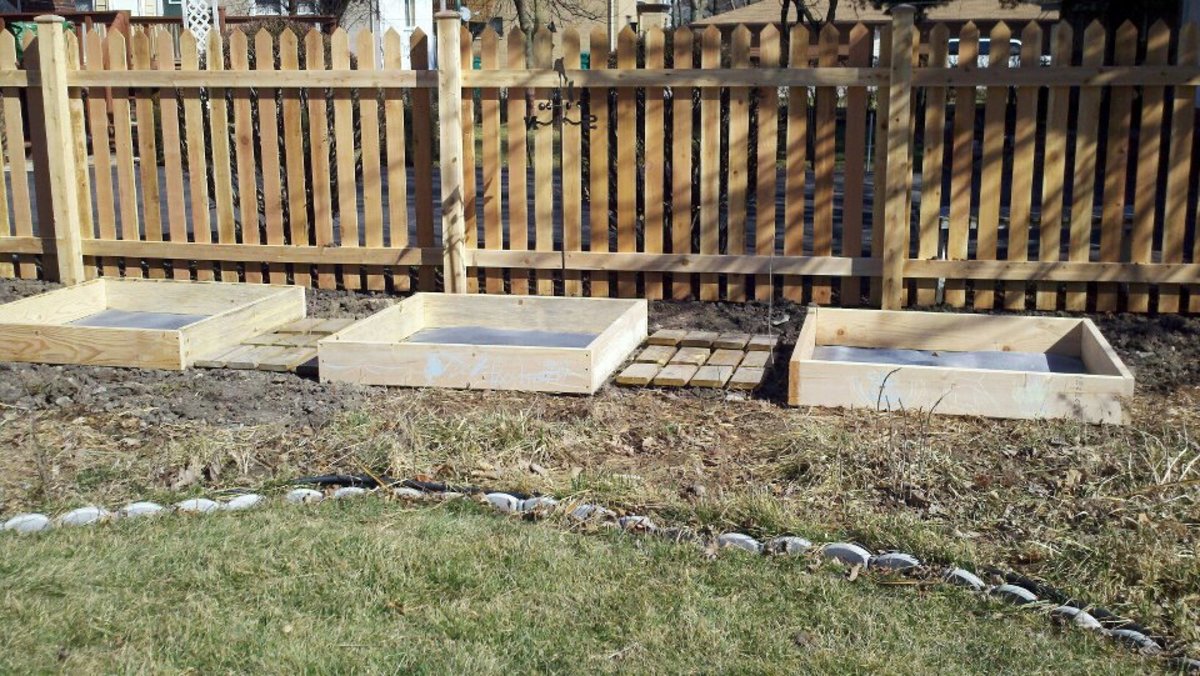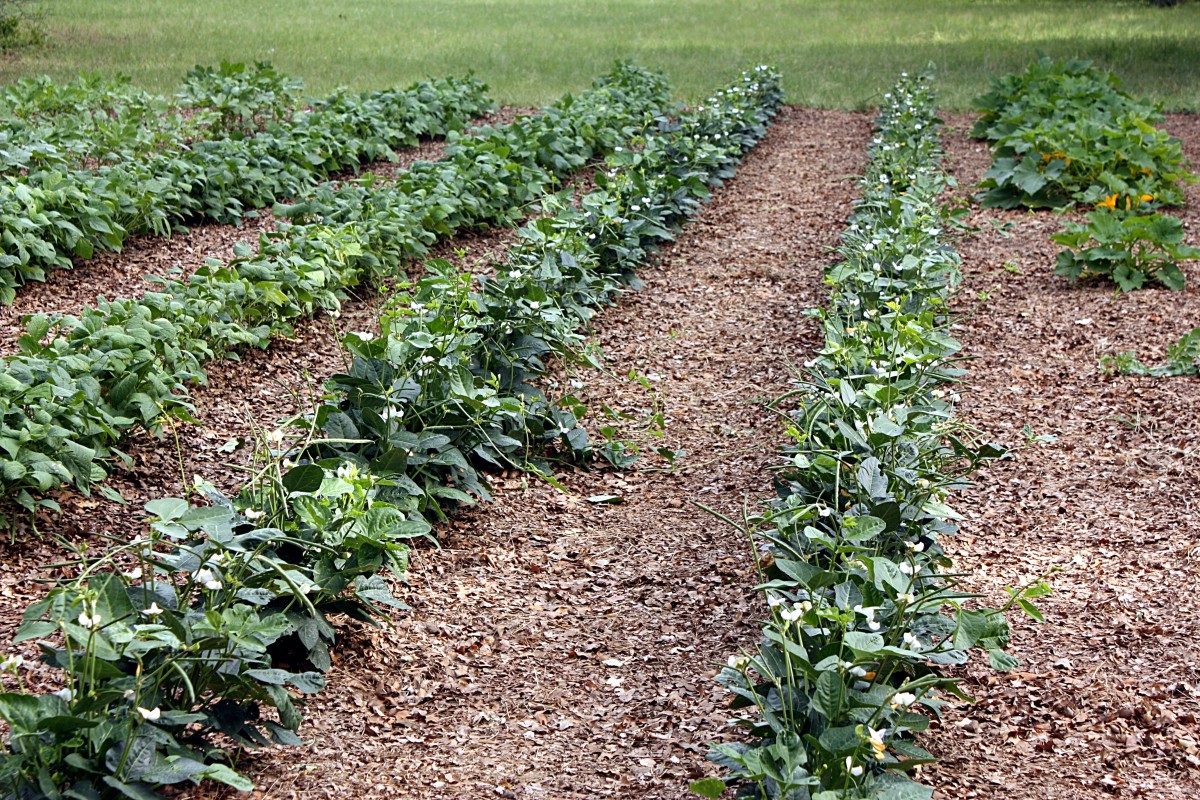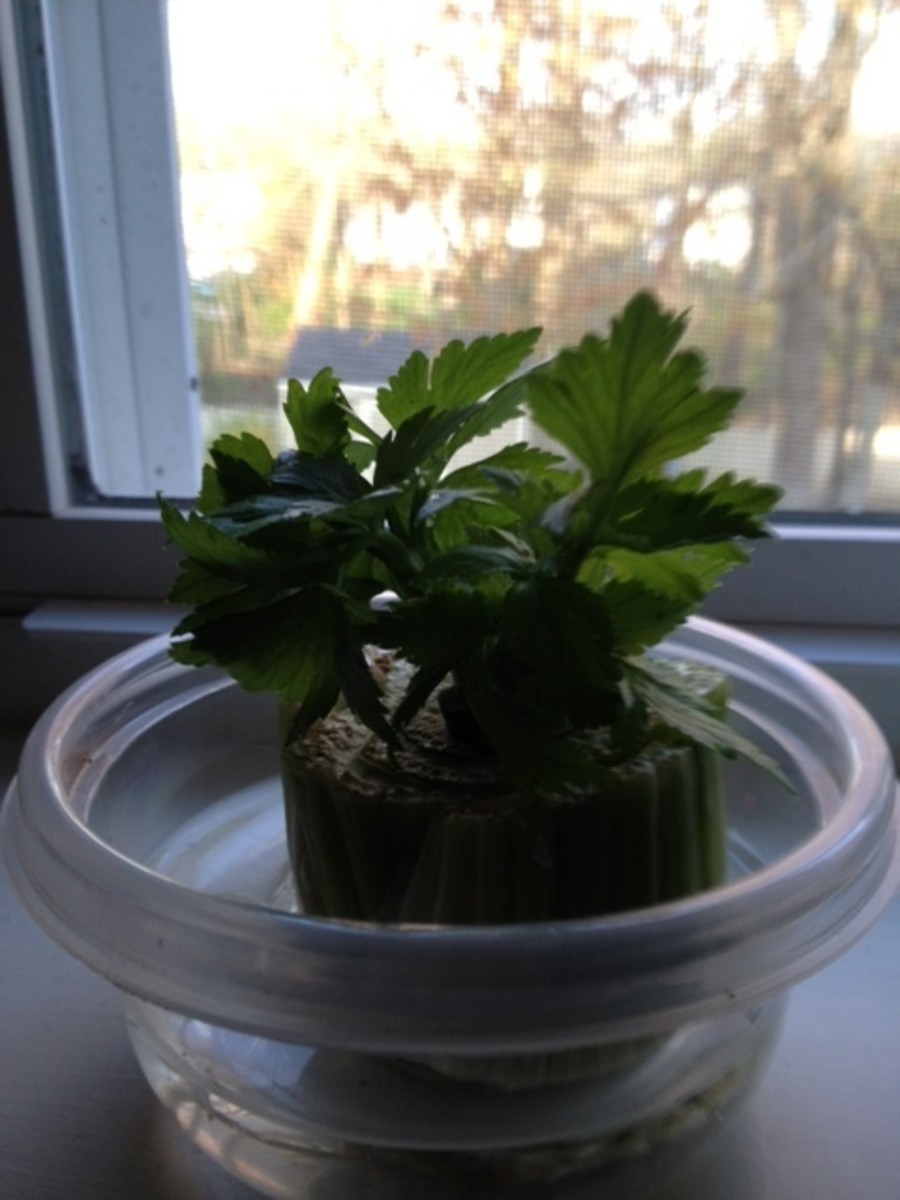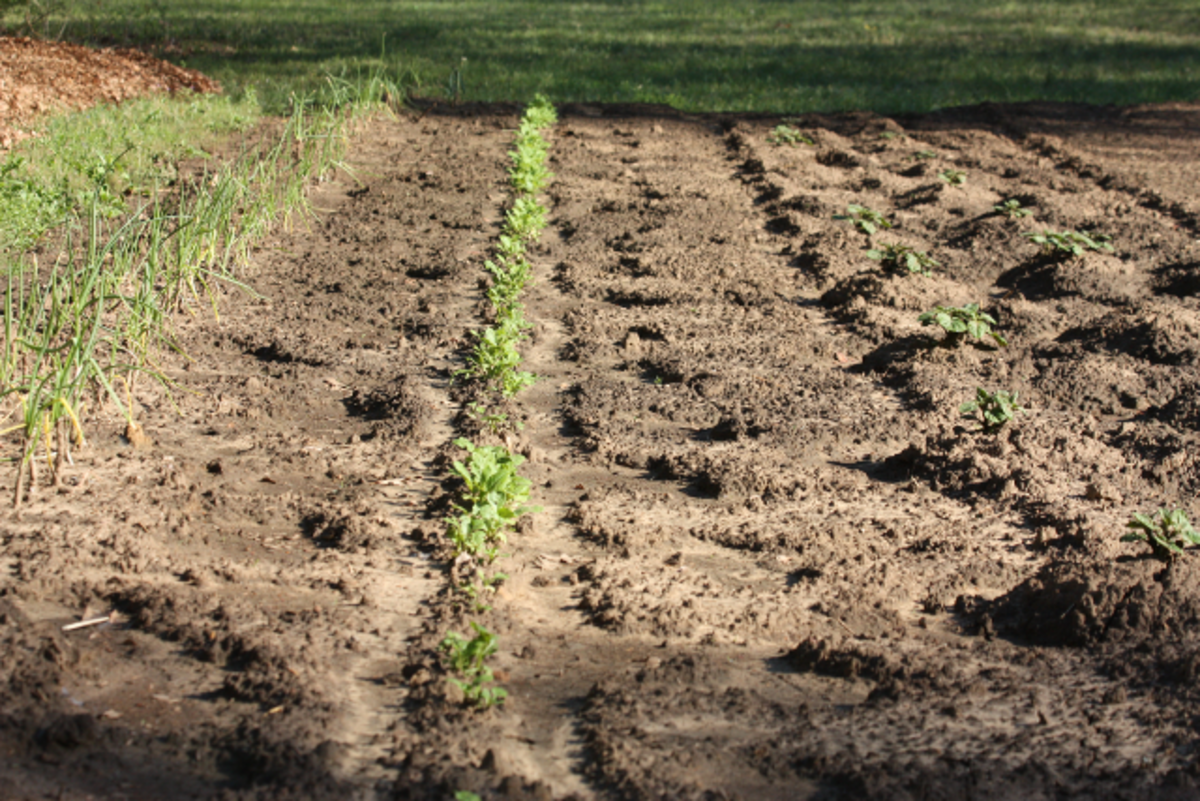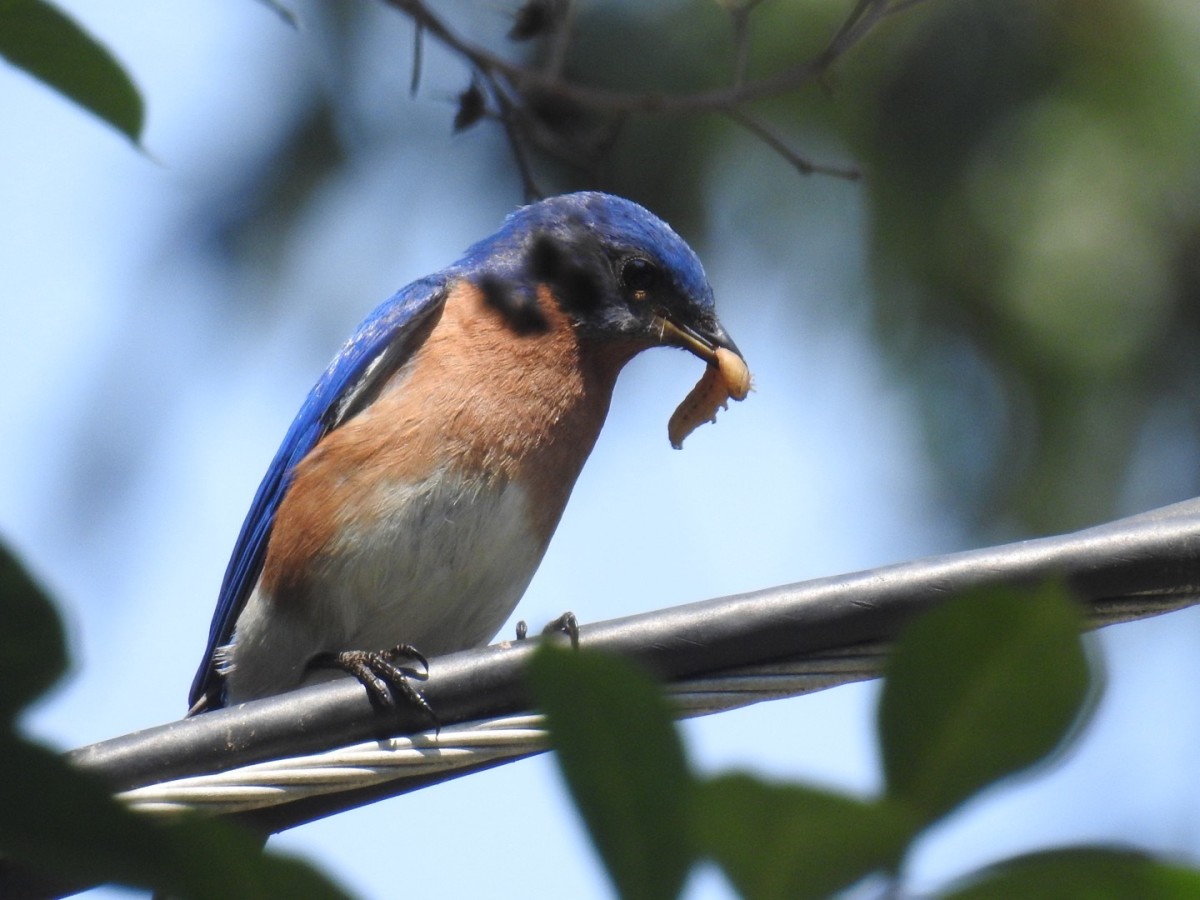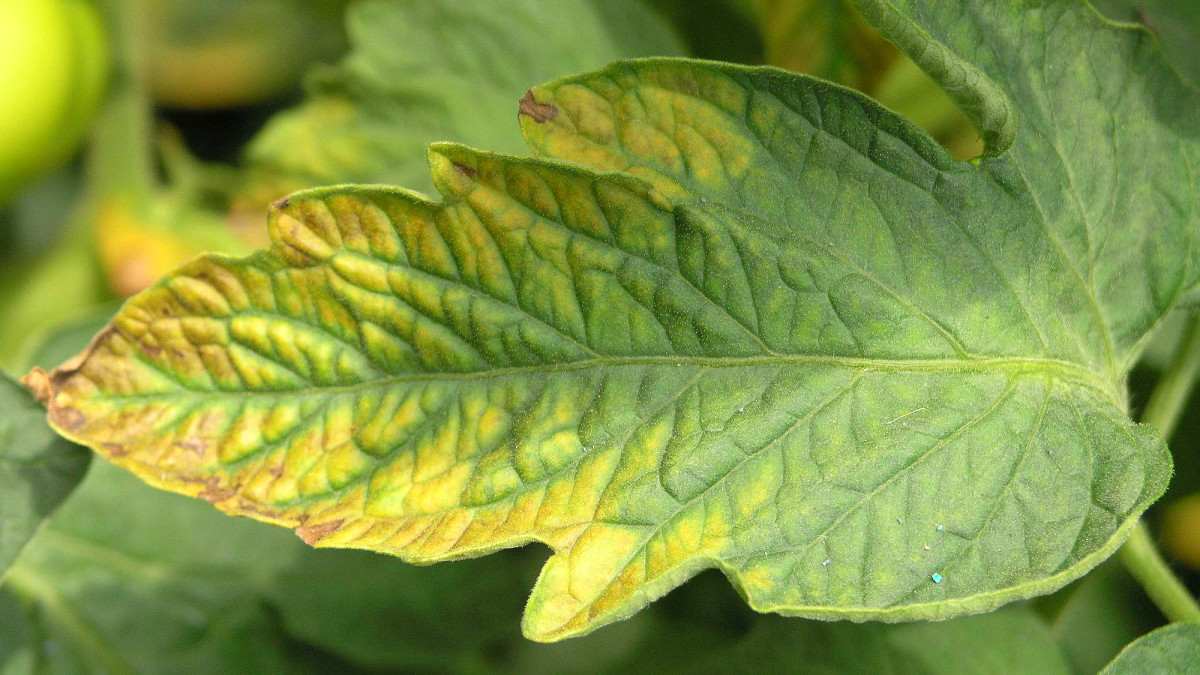Vegetables To Grow
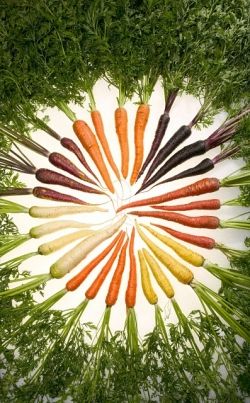
Deciding Which Vegetables to Plant in Your Garden
Choosing which vegetables to grow is part of planning your vegetable garden. Your choice will depend on what you like to eat, your level of expertise, where you live, the time of year, the size of your veggie garden and your reasons for wanting a to grow your own food. Do you want to grow vegetables to save money or to improve or maintain your family's health? Or do you simply want to know which vegetables to grow for superior taste? Read through this page to get help in finding the best vegetables to grow.
Most of the time you will want to be growing vegetables and herbs that you want to eat so obviously you will need to choose ones that you will actually use in the kitchen. That will be a good place to start when deciding what to grow. It's a good idea to make yourself a list of potential vegetables for your situation.
Picture credit: wikipedia.
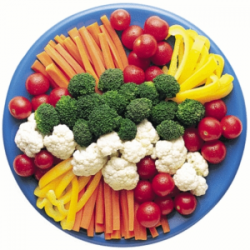
What vegetables to grow when?
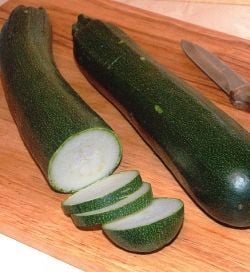
1) Easy to grow vegetables when you're just beginning
List of the easiest veggies to grow
- Zucchini
- likes sunny positions, soil rich in organic matter, lots of water
- dislikes frost
- Peas
- likes sunny positions (but some shade is okay), fertile soil, regular water
- dislikes being waterlogged
- Radishes
- likes sunny positions (but some shade is desirable when the weather is hot), regular water during dry periods
- Tomatoes
- likes sunny, sheltered positions, humus-rich soil, lots of regular water, support with stakes
- dislikes irregular watering
- Lettuces
- likes sunny positions (but some shade is desirable when the weather is hot), regular water preferably in the morning
- dislikes competing weeds
- Beetroots
- likes open, sunny positions, moist soil
- dislikes inconsistent watering
- Peppers
- likes sunny, sheltered positions, well-drained, fertile soil, lots of water, support with stakes
- dislikes frost
- Green Beans
- likes open sunny position, well-drained, fertile soil, regular water, support with stakes
- dislikes frost
- Carrots
- likes open sunny position, light sandy soil better than clay soil, regular water
- dislikes stones and fresh manure in the soil
- Onions - green and bulb
- likes sunny positions (but some shade is okay), fertile soil with good drainage, water only in dry conditions
- dislikes competing weeds
Book to Help When Starting a Veggie Garden
This book shows you how to start small, but then expand over the next couple of years. It gives you essential techniques, such as watering, mulching, fertilizing, preventing disease, stretching the growing season, and more. There are also plans for 24 different types of gardens, such as a bag garden, a border garden, vertical garden, paintbrush beds, and more.
2) First and last frost dates
First get a rough guide of your frost dates. After setting your frost date, you can view a vegetable garden calendar or download a free trial of vegetable garden planning software which will allow you to plan your garden beds, enter your frost dates and then see when the vegetables you have selected can be planted and harvested in your area..
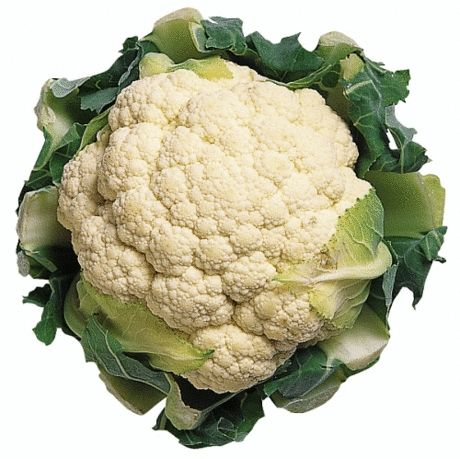
3) Vegetables to grow in Winter
Cool season veggies
Some vegetables are cool season vegetables which grow best when the air temperature is between 50°F and 70°F (10°C and 20°C). Cool season vegetables include broadbeans, broccoli, cauliflower, onions, peas, carrots, cabbages, beets, lettuces and spinach. These can usually tolerate some frost so it will be possible to plant them before the last spring/winter frost or to harvest them after the first fall/winter frost. These make ideal vegetables to grow in winter or fall, depending on your frost dates.
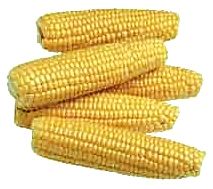
4) Vegetables to grow in Summer
Warm season veggies
Others are warm season vegetables which grow best at temperatures above 70°F (20°C). Warm season vegetables include mainly the fruiting vegetables such as tomato, peppers, sweetcorn, cucumbers, zucchini and beans. They generally cannot tolerate frost. These will need to be planted after the last spring/winter frost and be harvested before the first fall/winter frost.
What vegetables to grow why?
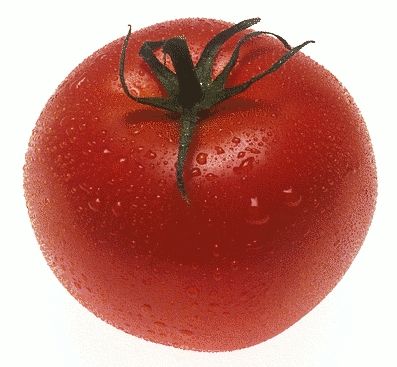
1) for superior taste
This a matter of personal taste and if this is your reason to grow your own vegetables, you probably already know which vegetables and herbs you wish to grow. Tomatoes do taste significantly better when they are home-grown. This may be due to the fact that you can leave them on the vine until they are red.
Peas and sweetcorn contain sugars which begin converting to starch as soon as they are picked. So the sooner they are eaten after harvesting, the sweeter they will taste. Growing your own will enable you to pick, prepare and eat your produce within half an hour. You can't get much fresher than that!
Vote: Best vegetables to grow for superior taste
Which home-grown vegetables taste better?
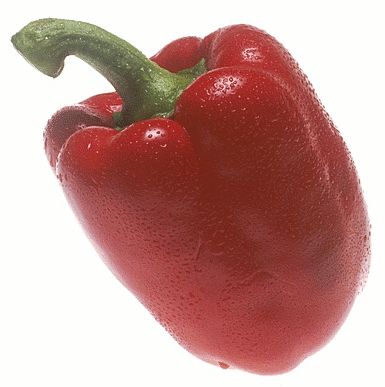
2) to save money
- Choose vegetables which you use regularly but which are generally expensive to buy.If you only have a small vegetable garden, don't grow vegetables that you can buy cheaply anyway. If potatoes are often cheap in the stores, there is no need to grow them.
- Don't grow too much of a vegetable that you can't easily store or preserve (e.g. don't grow too much lettuce - you can't freeze it or dehydrate it).
- Picture credit
- .
- Grow vegetables from which you can harvest leaves as you need (eg. there is no need to chop off the whole Swiss chard plant. Just cut off the outside leaves as you need them).
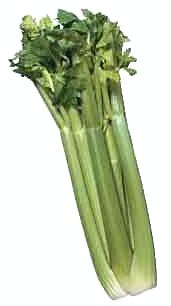
3) for better health
Giving your children responsibility for a veggie patch may encourage them to eat more vegetables since they can pick and munch on a snow pea when they are playing outside and also they may be more inclined to eat their veggies at dinner time if they have grown them. Easy veggies to pick and munch: sugar snap peas, snow peas, tomatoes, strawberries.
You can choose what gets sprayed on your veggies. You can keep it completely organic to avoid any nasty pesticides or herbicides. According to The Environmental Working Group's research, the vegetables most contaminated by pesticides are:
- celery
- bell peppers
- strawberries (okay, this is not a veggie but you can grow it in your veggie patch)
- spinach
- lettuce
- cucumbers
(Source: EWG shoppers guide)
So if these are foods you regularly consume, and if you are concerned about nasties sprayed on your food, these could be the best vegetables to grow.
To receive the optimal amount of antioxidants, your fruit and vegetables need to be ripened on the plant. So if you are after a good source of antioxidants, you might like to consider growing some things from the following list of vegetables and berries.Note: ORAC units = oxygen radical absorbance capacity (bigger is better). Recommend daily intake: 3500 ORAC units.
Fruit/Veg
| ORAC units per 3.5 oz (100g)
|
|---|---|
Blueberry
| 2400
|
Watercress
| 2200
|
Garlic
| 1939
|
Kale
| 1700
|
Strawberry
| 1540
|
Spinach
| 1260
|
Raspberry
| 1220
|
Brussels sprouts
| 980
|
Alfalfa sprouts
| 930
|
Broccoli
| 890
|
Beetroot
| 840
|
Red Pepper
| 731
|
Onion
| 450
|
Pumpkin
| 404
|
Corn
| 402
|
Eggplant
| 390
|
Sweet Potato
| 301
|
Carrots
| 207
|
Tomato
| 189
|
Source: The Australian Fruit and Vegetable Garden by Clive Blazy and Jane Varkulevicius
4) for wider choice
You may wish to grow exotic or unusual vegetables or herbs not readily available in the stores.


5) for education
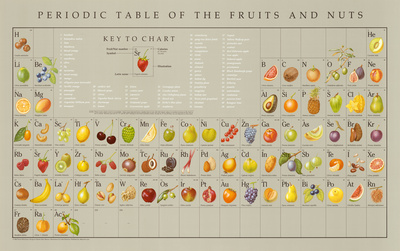
Periodic Table of Fruit and Vegetables.
Poster available at Allposters.com
If you have enough space, you could give your child a garden patch of his own where he can grow his favorite vegetables.
Peas and bean seeds are interesting to watch germinate, by placing them between some paper towel or blotting paper and the inside of a glass jar. Pour some water into the jar so that it is in contact with the paper. Within a few days you should be able to see the seeds germinate. Once they have developed leaves, they can be transplanted into the garden.
If you have the right growing conditions, you could try something a little novel, like growing peanuts.
6) to attract wildlife
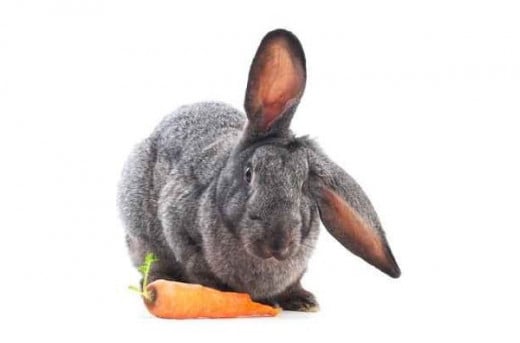
7) to preserve
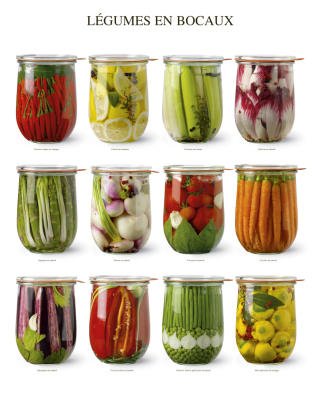
How would you like to preserve your harvest?
8) to enter in shows or county fairs
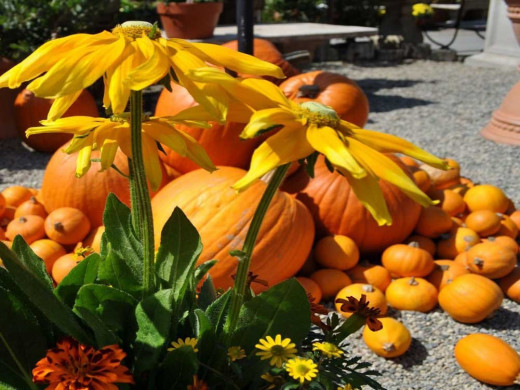
My reason to grow my own vegetables - Your chance to put your view across.
Click next to your reason then vote
What vegetables to grow where?
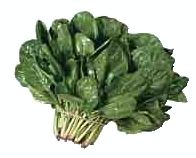
1) Vegetables to grow in shade
Most vegetables will do better with more sunshine, but if your yard is in dappled shade or receives only a few hours of sunlight per day, there are still vegetables you can try. The best vegetables for shady positions are
- leafy vegetables (lettuce, spinach, Swiss chard, beet greens, kale, mustard greens, turnip greens)
- brassicas (broccoli, Brussels sprouts, cauliflower)
- some from the onion family (leeks, shallots, green onions)
- some herbs (chives, mint, sage, coriander, basil, parsley).
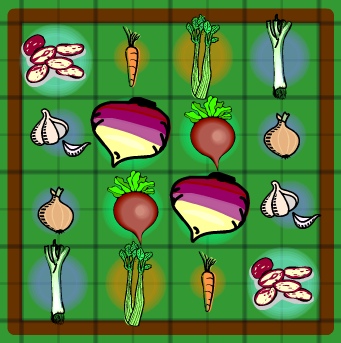
2) in a 4' x 4' vegetable garden
Visit vegetable garden plans to see a variety of ideas for planting vegetables in a 4' x 4' (roughly 1 metre square) garden. This may seem like a small space, but you'll be amazed at how productive even a small space can be.



